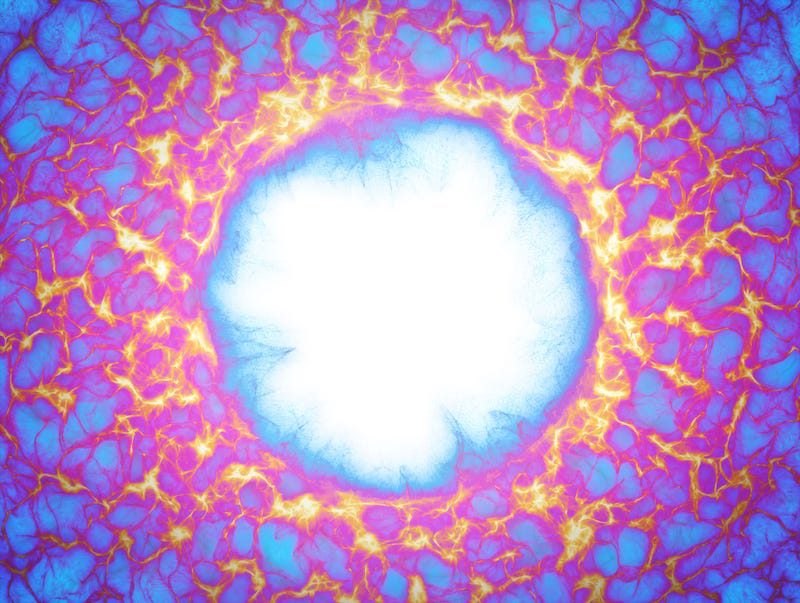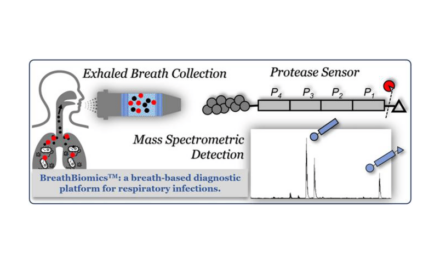It’s challenging to differentiate among the various types of limb girdle muscular dystrophy—a rare, hereditary muscle ailment marked by weakened hips and shoulders, resulting in walking and arm-lifting difficulties. Historically, identifying the subtype hasn’t been crucial for patient care due to the absence of targeted treatments. However, with gene therapies emerging, which are tailored to specific genetic variations, determining the genetic origins of each patient’s condition has gained newfound significance.
A novel technique has been devised by a group at Washington University School of Medicine in St. Louis to aid physicians in achieving more accurate diagnoses. Published on June 15 in The Journal of Clinical Investigation, this research showcases the team’s innovative approach.
Limb girdle muscular dystrophy is linked to a multitude of genes, numbering in the hundreds. Although genetic testing can uncover a few rare genetic variations in each patient, determining which of these variants is responsible for the symptoms requires laborious and time-consuming additional experiments. Regrettably, a comprehensive catalog encompassing all the variants of the associated genes and their disease-causing potential is currently unavailable. The distinction between pathogenic variants and harmless ones remains uncertain.
Co-author Conrad “Chris” Weihl, MD, PhD, a neurology professor and chief of the neuromuscular diseases section at Barnes-Jewish Hospital, expressed the challenges faced by patients with limb girdle muscular dystrophy. Driven by numerous inquiries from individuals with specific genetic variants, they seek clarification on their eligibility for experimental therapies. However, most of the time, there are no definite answers available. Consequently, these patients are left in a state of uncertainty, unable to participate in clinical trials until a precise diagnosis is established. This predicament affects over half of all limb girdle muscular dystrophy patients. Resolving their diagnoses becomes paramount to provide them with timely access to the necessary therapies once they become accessible.
Weihl and his colleagues at Washington University have achieved a significant milestone in addressing inconclusive diagnoses by developing a catalog that holds promise in resolving the issue. Focusing on a commonly implicated gene in limb girdle muscular dystrophy, the researchers produced the protein encoded by that gene and created every possible variant by substituting one amino acid for another. Through extensive analysis, they determined the functionality of each variant and classified them as either harmful or benign. As a result, if a patient possesses a variant of this particular gene, doctors can consult the catalog to ascertain its pathogenicity. In theory, this approach can be extended to other genes associated with limb girdle muscular dystrophy, simplifying and expediting the diagnostic process for this complex disease by addressing variants of unknown significance.
Corresponding author Gabriel Haller, PhD, an assistant professor of neurosurgery, emphasizes the distinction between identifying a variant and understanding its role in causing a disease. Simply knowing the presence of a variant does not automatically imply comprehension of the underlying cause. In the study, the majority of variants categorized as “of unknown significance” were ultimately determined to be benign. Therefore, merely detecting a variant without understanding its significance does not provide a definitive answer or solution.
The resolution of variants of unknown significance holds particular importance for individuals belonging to underrepresented groups. Genetic databases are primarily composed of individuals with western European ancestry, thereby reflecting the genetic diversity predominantly present in that population. Consequently, individuals from other ethnic backgrounds are more likely to possess genetic variations that do not match those found in the reference databases. As a result, these variants are often labeled as “variants of unknown significance.” Addressing this issue becomes crucial in order to accurately interpret and understand the genetic profiles of individuals from diverse populations.
In their study, the researchers conducted a comprehensive analysis of sarcoglycan beta, which is frequently associated with limb girdle muscular dystrophy. Sarcoglycan beta combines with three other proteins to form a complex on the surface of muscle cells. The proper formation and positioning of this complex are crucial for effective muscle contraction. To investigate this, Chengcheng Li, PhD, the first author and a staff scientist in Weihl’s lab, generated all 6,340 potential variants of the sarcoglycan beta protein. Li then utilized a fluorescent antibody to examine the location of each variant protein on muscle cells. Variants that demonstrated normal functional activity, forming the correct complex at the appropriate location, emitted a strong fluorescence signal. Conversely, variants that failed to form the complex correctly or were positioned improperly displayed weaker fluorescence, indicating reduced functionality.
The study revealed a perfect correlation between functional activity and disease-causing potential. All variants that are already recognized as disease-causing exhibited low functional activity, whereas all known benign variants demonstrated high functional activity. Moreover, the degree of functional activity exhibited a correlation with the severity of limb girdle muscular dystrophy. Individuals experiencing more severe symptoms of the condition may require the use of wheelchairs as early as the age of 7, whereas those with milder symptoms might not need one until much later in life or possibly never. Intriguingly, the study found that variants with lower functional activity were more prevalent among patients with more severe symptoms, providing further evidence of the association between functional impairment and disease severity.
Weihl highlights a significant finding from the study, stating that 20% of the variants initially labeled as “variants of unknown significance” were ultimately identified as pathogenic. This implies that these variants have the potential to respond to potential therapies. He envisions a future where individuals receive a genetic test report that not only identifies the specific variant they carry but also indicates whether it is amenable to a particular therapy. This would enable immediate initiation of the most suitable treatment. Alternatively, if the variant is deemed benign, further investigations would continue until the responsible variant for the patient’s disease is identified. Weihl’s vision is to provide patients with precise and actionable genetic information to guide personalized therapeutic interventions.





